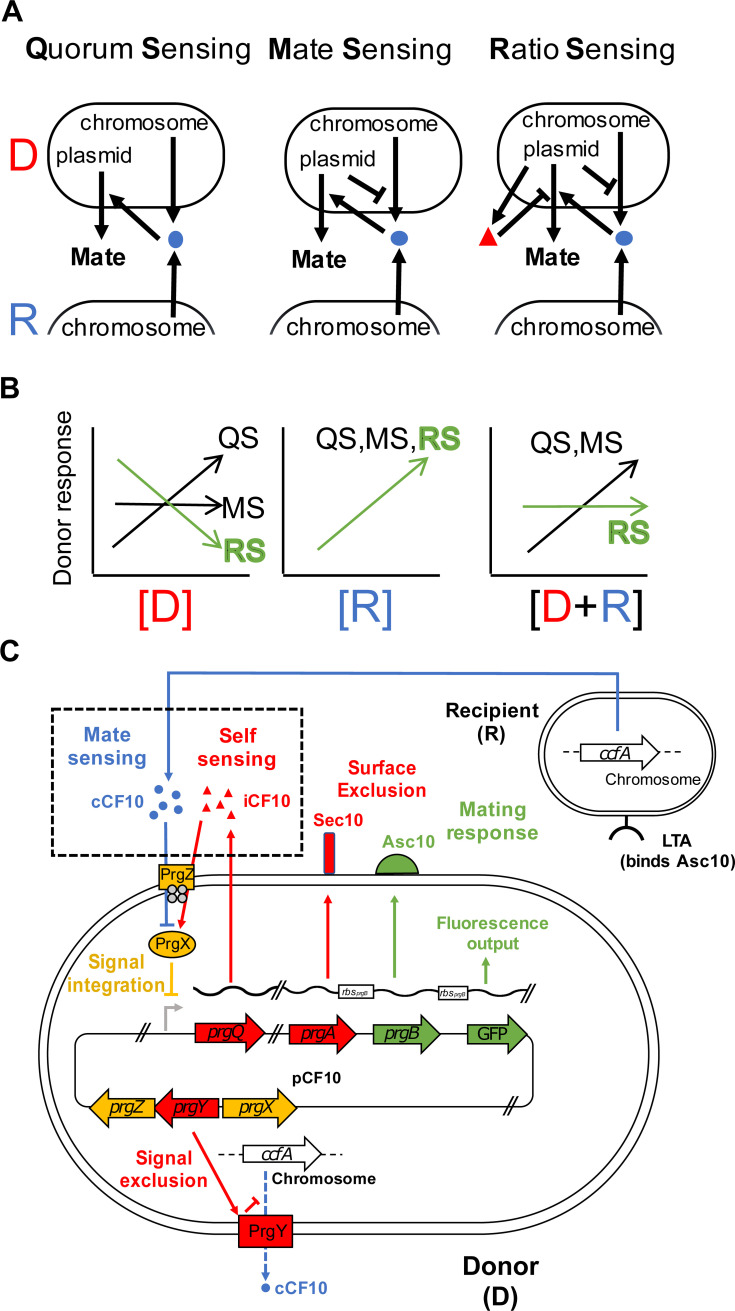Fig 1. Population parameter sensing in E. faecalis plasmid donors.
(A) Possible topological structures of pheromone sensing in pCF10. Plasmids that perceive cCF10 pheromone (blue balls) from either donors or recipients (left) and consequently activate the pathway in proportion to the total population density (QS) are less efficient at mating than variants that minimize the production of endogenous cCF10 (center, MS). The present-day topological structure involves the presence of an antagonistic extracellular pheromone (iCF10, right). Pheromones cCF10 (blue balls) and iCF10 (red triangles) accumulate in proportion to recipients and donors, respectively. (B) The population parameter disentanglement capabilities of pCF10 might provide a function of iCF10; [D] (left), [R] (center), and [R+D] (right) are sensed differently by each one of the signaling schemes. Contrary to QS and MS, only the RS (green) scheme can distinguish specifically meaningful changes in recipient availability from simple fluctuations in crowding. (C) The mating system of E. faecalis. The pCF10 plasmid in donor cells encodes “mating” (preconjugative) functions involved in self-incompatibility (red), which allows avoidance of nonproductive donor–donor interactions in at least three ways. First, by Sec10 (encoded by prgA) activity, which minimizes interactions of the neighboring cell-wall–associated aggregation substance (Asc10, coded by the prgB gene) with LTA in the cell walls of other donors (not shown) by steric hindrance [21] and keeps those interactions specific for the LTA in recipients (shown). Second, by prgY, which restricts production of the cCF10 pheromone (blue) [22], a secreted product of the normal processing of a protein encoded by the ccfA gene, encoded in the genome which serves as the main cue used for activation. Finally, by secreting the iCF10 pheromone, which antagonizes the effect of cCF10 at the signal integration level (yellow) through competitive binding to the PrgX transcription factor. PrgZ is responsible for pheromone binding along with internalization by the native Opp system (gray) [10,11]. In this study, the pathway’s response was quantified by measuring Asc10-dependent phenotypes, such as adherence to surfaces and sexual aggregate formation, and by monitoring the expression of a GFP reporter cotranscribed with the prgB gene [23]. The reporter’s RBS (white box on transcript) is identical to that of prgB. Functions further downstream of prgB (including the conjugation machinery) are not shown. ccfA, cCF10 pheromone gene; [D], donor concentration; GFP, green fluorescent protein; LTA, lipoteichoic acid; MS, mate sensing; Opp, oligopeptide permease; Prg, pheromone responding gene; [R], recipient concentration; RBS, ribosome binding site; [R+D], total population concentration; RS, ratio sensing; QS, quorum sensing; Sec10, surface exclusion from pCF10.

